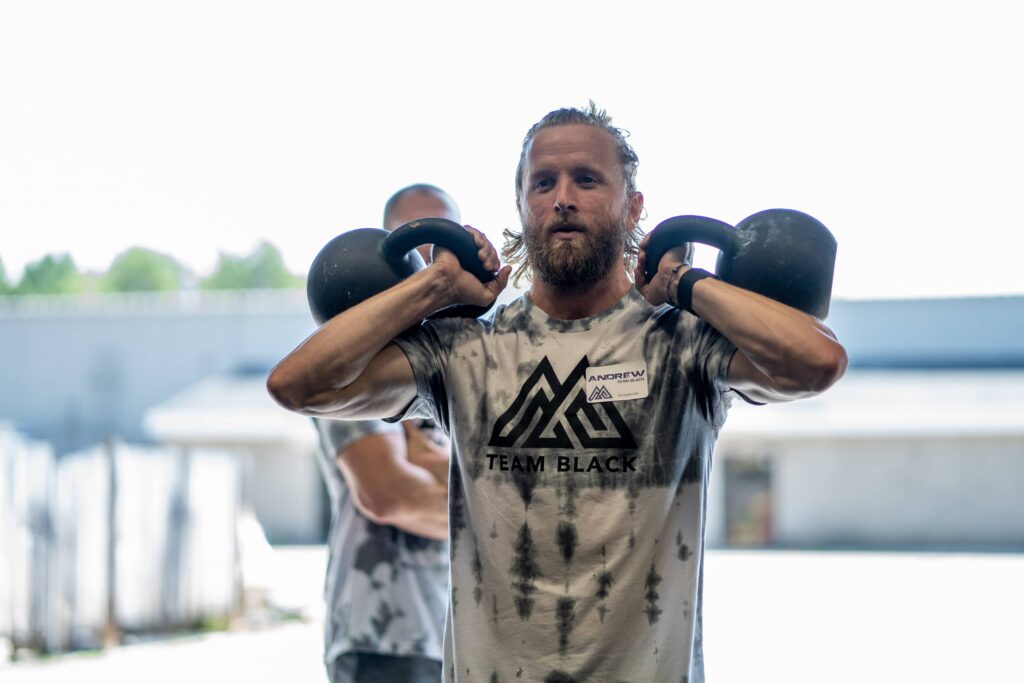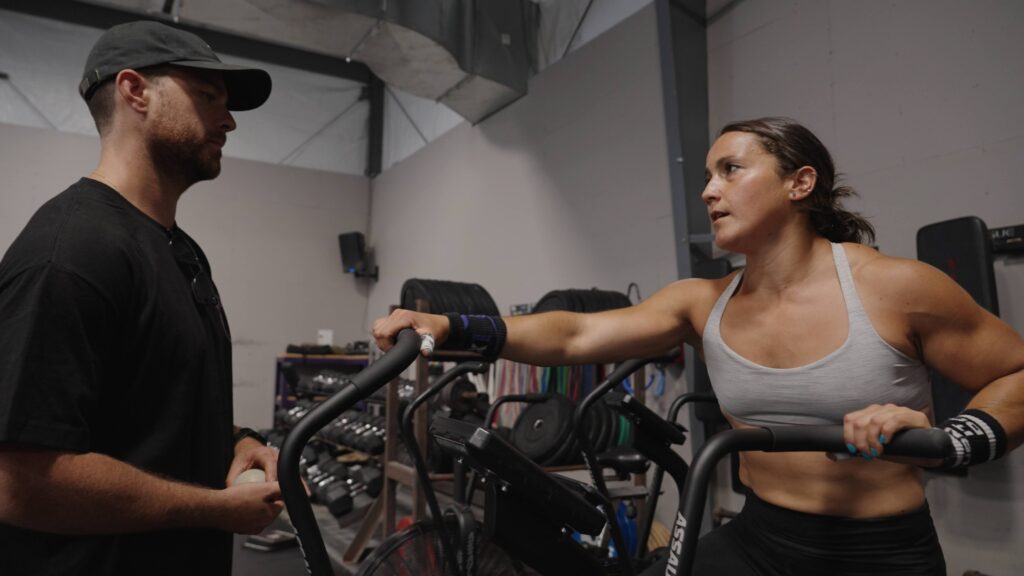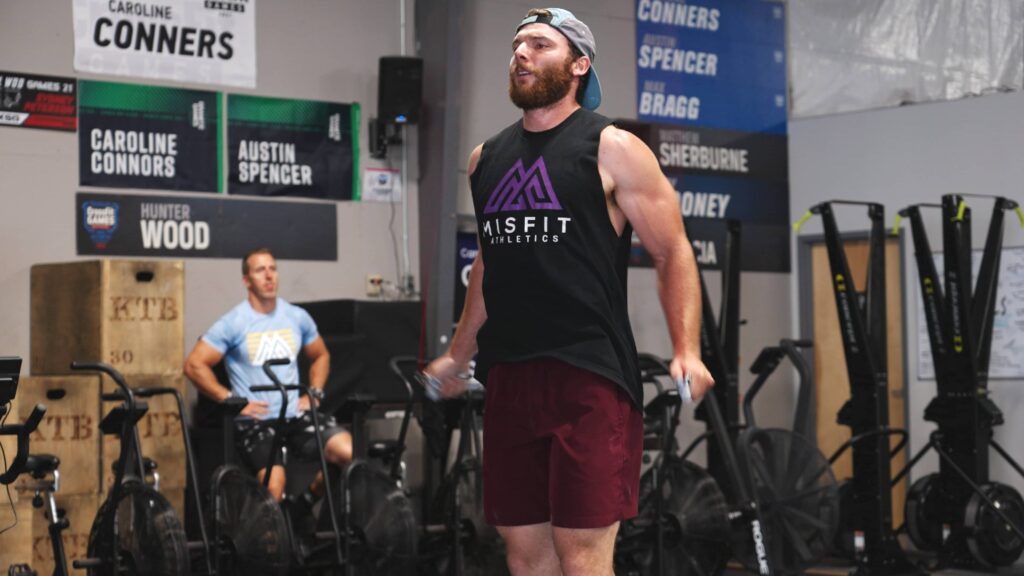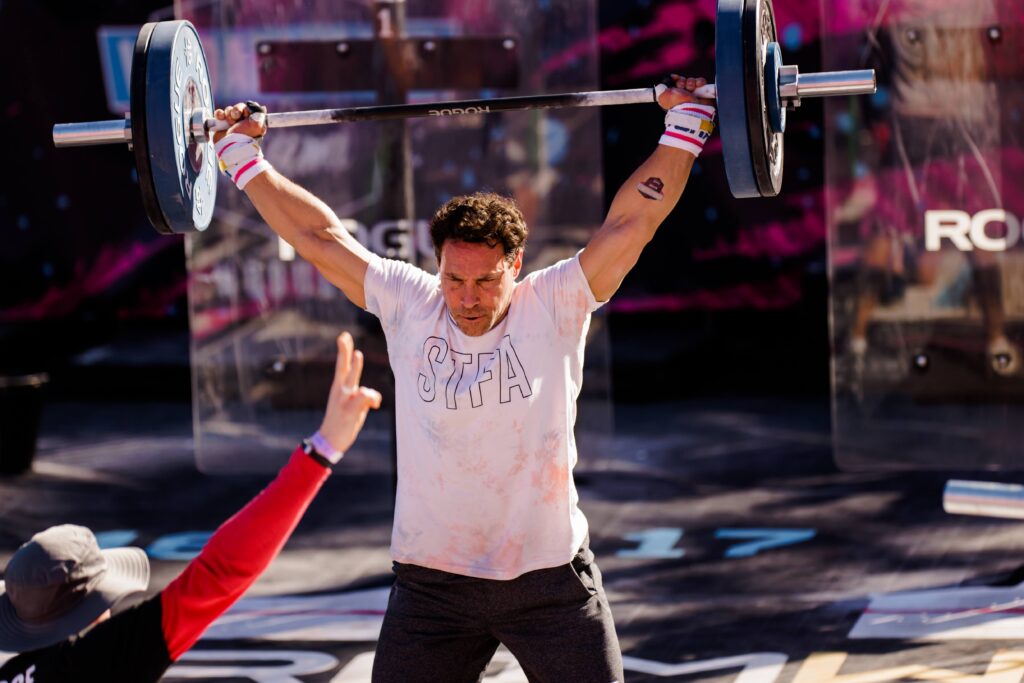Misfit Athletics Crossfit Accessory Work Guide

Welcome to your comprehensive guide to personalizing your accessory work from Misfit Athletics. This article aims to help you hit the ground running in a clear and concise manner.
Choosing your Accessory Work
Before we dig into the nitty gritty of this system, it’s important to acknowledge that performing all of the accessory work as prescribed is the ideal scenario for athletes aiming to perform at the highest levels. The opposite end of that spectrum is feeling like you have to do everything when it’s not appropriate or even doable, which typically results in going through the motions (wasting time and energy).
When you look at the day’s work, factor in your personal schedule and what will help you specifically. From there, you can tackle one accessory or superset exercises that have little conflict.
TL;DR – Choose wisely.
The System
Each day will have a lift, a carry, and a hold that address the upper body, midline, and lower body moving through a rotation of what we refer to as Primary Accessories, Secondary Accessories, and Mobility / Stability Accessories. If one of these categories is already present in a lift or skill session, you will see the reference in the accessory column.
Definitions
Primary
A true strength accessory. Aimed at improving strength through repetition or time under tension. When choosing load, time, or reps, it is important to go heavy without any risk of failure. Make it hard, but make it undoubtedly repeatable for all six sets.
Secondary
Accessory work for supporting musculature. Weights go down, reps go up, and we chase the burn. All weights should live in the moderate category, meaning you supply the intensity through repetition. Compared to a Primary movement, you should feel very comfortable at the beginning of sets while similarly ensuring failure is not an option.
Mobility / Stability
Accessories for long-term health. High level of focus, very low level of discomfort. Use these sessions to learn how to engage musculature, improve range of motion, and improve stability slowly throughout a whole off-season. It should go without saying, but we need all rounds to look and feel even.
Scenarios
Primary Lift – Typically done as a 6×10, choose weights that you’re positive you can hit for all six sets, and slowly add weight to over time.
Primary Carry – It should always feel heavy. It should always allow for even sets (distance/time). It should slowly get longer over time, then heavier once the carry is too far or long. Less than :30 is too heavy, :90 or more is too long/light.
Primary Hold – It should always feel heavy. It should always allow for even rounds. It should slowly get longer over time, then heavier once it is too long. Less than :30 is too heavy, :90 or more is too long/light.
Secondary Lift – Typically done as five sets/rounds, weights and reps chosen should allow for smooth, even sets. Unweighted movements like gymnastics will not have a rep scheme, so it is your job to decide how many reps you can do for smooth, even sets.
Secondary Carry – Moderate weights moved slowly that allow for deliberate time under tension. As usual, even sets are important. Try to keep the duration between 1 and 2 minutes per round.
Secondary Hold – Very similar to the carry. There will be unweighted exercise variations, but the goal remains the same. Time under tension in even rounds without pushing to failure.
Mobility / Stability Lift – Weighted movements should be light. Unweighted movements should be deliberate. All sets should be physically easy, with the challenge to remain focused on range of motion, positioning, and engagement.
Mobility / Stability Carry – Light weights and slow, deliberate movement. No sets should be challenging to complete.
Mobility / Stability Hold – Weighted movements should be light. Unweighted movements should be deliberate. All sets should be physically easy, with the challenge to remain focused on range of motion, positioning, and engagement.
Don’t overthink it.
Providing time under tension, weights, distances, etc., to the masses is not a properly built accessory program. It will take some time to dial in your choices that you’ll build upon session by session, but it will be worth it to personalize based on all of the factors that make you, your goals, and your situation unique. This system has been tested, tweaked, and improved as a part of our remote coaching of CrossFit Games athletes with great success, and we’re looking forward to rolling it out to everyone.
Good luck! As always, you can head over the Misfit Athletics Discord channel and ask your fellow Misfits and Coaches for any extra guidance.
Looking for competitive Crossfit programming that will help make you the best athlete you can be no matter your competitive goals? Join our Misfit Athletics community and start showing yourself whats possible.


